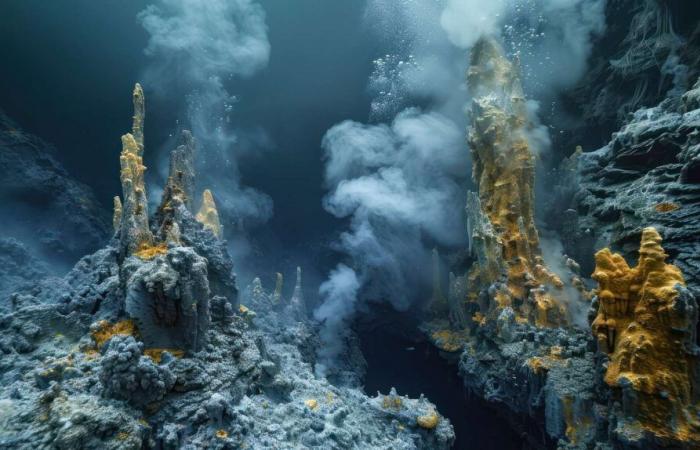Since the discovery of hydrothermal vents at the bottom of the oceans, researchers are increasingly convinced that life appeared on Earth at the level of these vents which spew hot fluids, loaded with nutrientsnutrients.
Numerous studies have in fact demonstrated that these chimneyschimneys which rise several tens of meters above the ocean floor present the ideal physicochemical conditions that could have allowed the development of the first basic building blocks of life, and in particular the formation of the first cells.
Organic matter formed without the help of living things
A hypothesis which is strengthened with the results of a study recently published in the journal Pnas by a team of researchers from the Chinese Academy of Sciences. During the exploration of the oceanic crust at the southwest Indian ridge, these scientists discovered the presence of organic compounds within the basalts forming the upper part of the crust.
However, in-depth analysis revealed that it was not mattermatter organic of biotic origin, that is to say produced by biological processes, but organic compounds abioticabioticresulting from reactions not linked to living things. However, it is these compounds which would have been the precursors of terrestrial life. Studying the formation of these organic compounds could thus provide a better understanding of how life could have appeared in the deep depths of the primitive Earth.
Interactions between fluids and mineral surface
The researchers thus discovered that these compounds were produced by reaction of the components of hydrothermal fluids, in particular thehydrogenhydrogenon the surface of a mineral called goethite, which acts as a catalystcatalyst.
These results are not only important for understanding the mechanisms that intervened in the formation of the first building blocks of life, but also for discussing the possibility of the presence of extraterrestrial life on other worlds.






